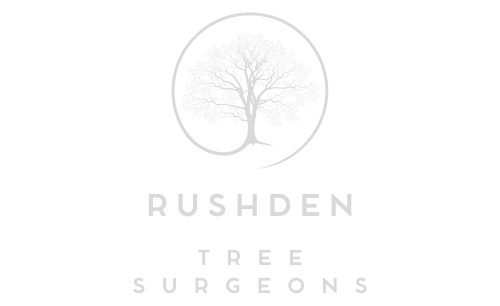Tree Crown Reduction: Incorporating Pruning Into Tree Risk Assessment Plans
Introduction: Welcome to Rushden Tree Surgeons, where we prioritise your trees’ health, safety, and beauty. This blog post delves into the importance of incorporating crown reduction pruning into comprehensive tree risk assessment plans. Effective pruning not only enhances trees’ aesthetic appeal but also plays a crucial role in mitigating potential risks associated with tree health and structural integrity.
Understanding Tree Risk Assessment
1. Identifying Potential Hazards: Tree risk assessment involves identifying potential hazards trees pose, such as deadwood, weak branches, or structural defects. These hazards can compromise the safety of people and property.
2. Assessing Tree Health: Evaluating the overall health of trees helps determine their ability to withstand environmental stresses and maintain structural integrity. Healthy trees are less susceptible to disease and pest infestations.
3. Implementing Risk Mitigation Strategies: Based on the assessment findings, arborists develop risk mitigation strategies to reduce identified hazards and enhance tree safety. Pruning, including crown reduction, is a proactive measure to mitigate risks associated with tree structure and health.
The Role of Crown Reduction Pruning
1. Reducing Hazardous Limbs: Crown reduction pruning involves selectively removing branches to reduce the canopy’s weight and density. This minimises the risk of branches breaking and falling during adverse weather conditions.
2. Addressing Structural Defects: Pruning can correct structural defects such as codominant stems or included bark, which weaken tree structure and increase the risk of branch failure or tree collapse.
3. Promoting Balanced Growth: By promoting balanced growth and maintaining a well-distributed canopy, crown reduction pruning helps improve the tree’s ability to withstand wind loading and reduces the likelihood of limb failure.
Benefits of Integrated Tree Care
1. Comprehensive Approach: Integrating pruning into tree risk assessment plans ensures a holistic approach to tree care. It addresses aesthetic and safety concerns, promoting long-term tree health and sustainability.
2. Expertise and Precision: Qualified arborists at Rushden Tree Surgeons possess the expertise and precision to assess tree risks accurately and implement effective pruning strategies. This ensures optimal outcomes for tree health and safety.
3. Long-term Benefits: Regular pruning as part of a tree risk assessment plan mitigates immediate hazards and contributes to the long-term health and resilience of trees. Properly pruned trees are less likely to require emergency tree care.
Conclusion: Tree surgeons understand the importance of integrating crown reduction pruning into comprehensive tree risk assessment plans. Addressing potential hazards and promoting tree health through expert pruning techniques help safeguard your property and enhance the beauty of your landscape.
Call us on: 01933 422 068
Click here to find out more about Rushden Tree Surgeons
Click here to complete our contact form and see how we can help you with your tree’s needs.

